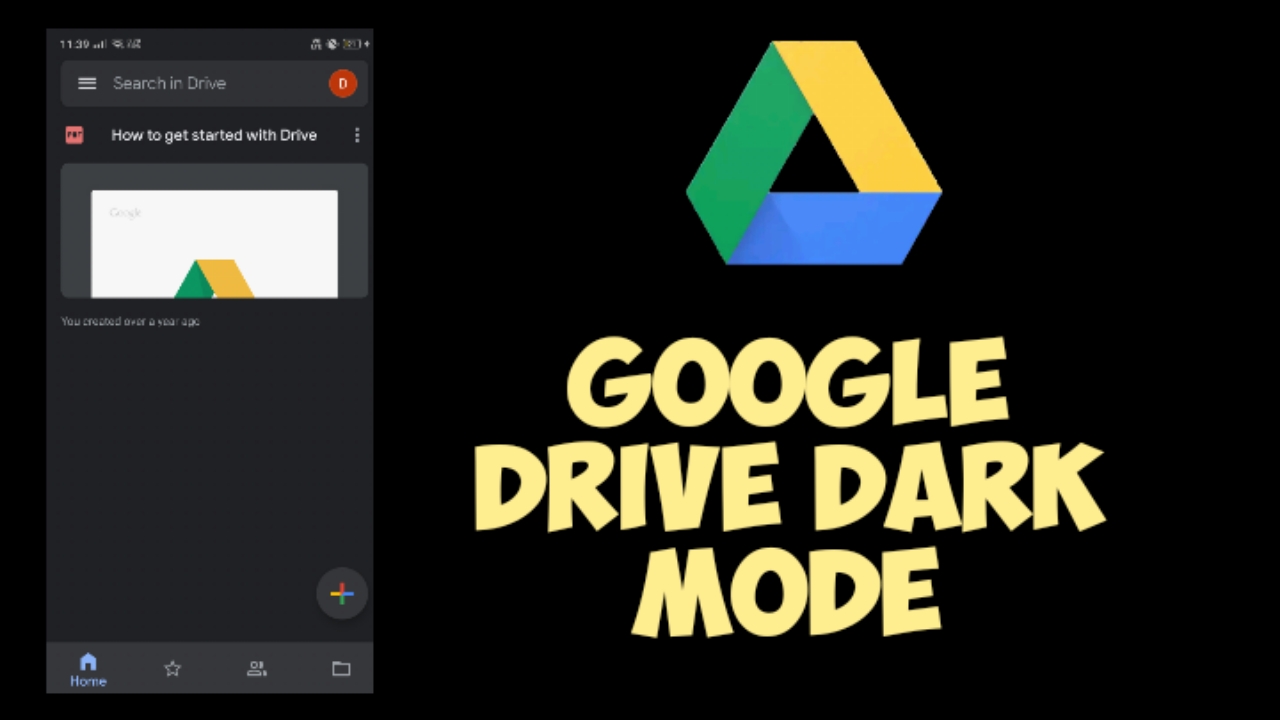
It does a great job at rendering sites in dark mode (even better than the experimental flag above), and is excellent performance-wise. Use Dark Readerĭark Reader ranks among the best dark mode extensions for Chrome.

You can also bookmark the address to get to the flag faster.

Whenever you want to disable the experimental flag, simply insert the ‘chrome://flags/#enable-force-dark’ address into a new tab again, and then select Default next to Force Dark Mode for Web Contents. Since that accounts for most documents, the experimental feature is mostly ideal for instances that involve reading rather than typing. However, I had issues getting the blinking cursor to work in documents with white-colored fonts. Fonts were visible, images showed up without odd color inversions, and the entire Google Docs UI was easily navigable. With Google Docs, I found the experimental flag to do a great job at emulating dark mode. You can then view all websites in complete dark mode. Open the pull-down menu next to ‘Force Dark Mode for Web Contents’ and select the option labeled Enabled.Ĭlick Relaunch to restart the web browser (you may lose any unsaved work!). Start by copying the following URL into a new Chrome tab and press Enter to bring up the ‘Force Dark Mode for Web Contents’ experimental flag. It’s still very much a work-in-progress, but it should do an adequate job of rendering Google Docs in dark mode. But the browser also comes with an experimental feature (or flag) that lets you forcibly display all webpages in dark mode.

Chrome supports a dark theme on Windows 10 and macOS-we all know that.


 0 kommentar(er)
0 kommentar(er)
